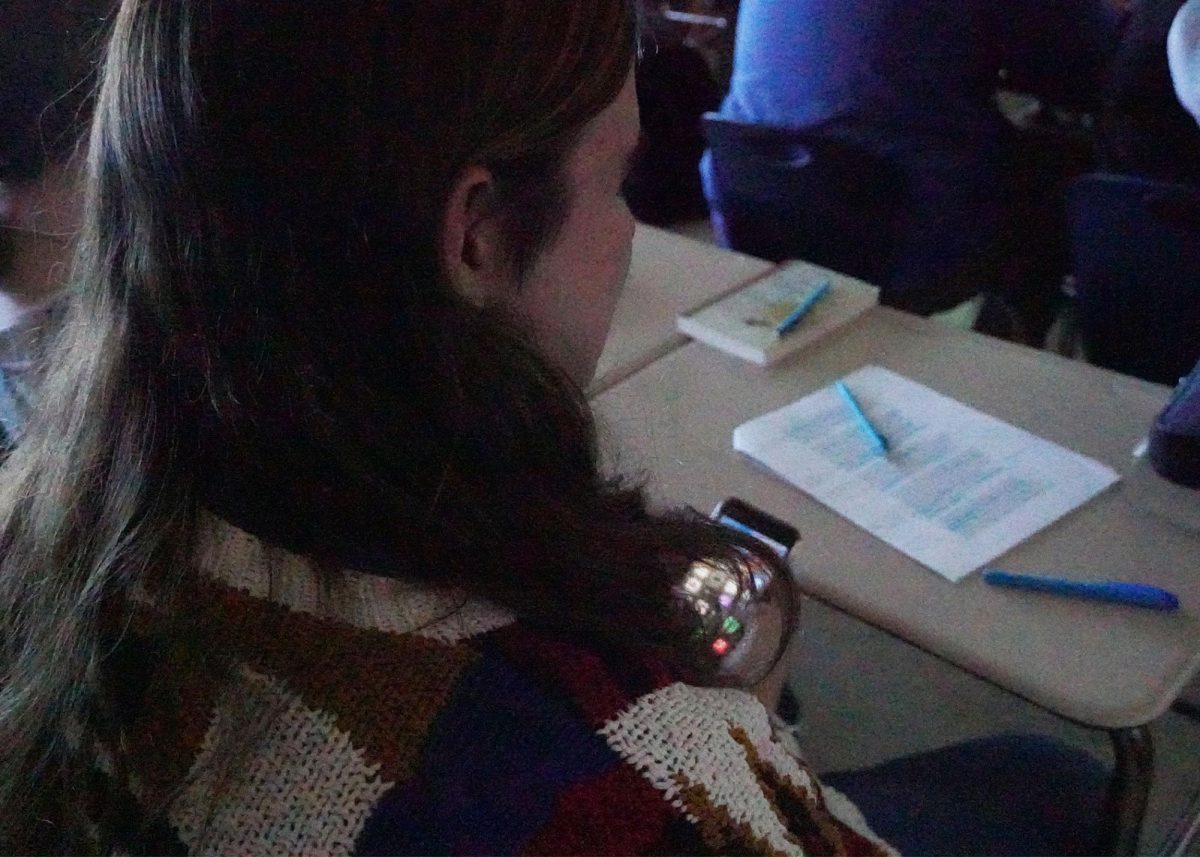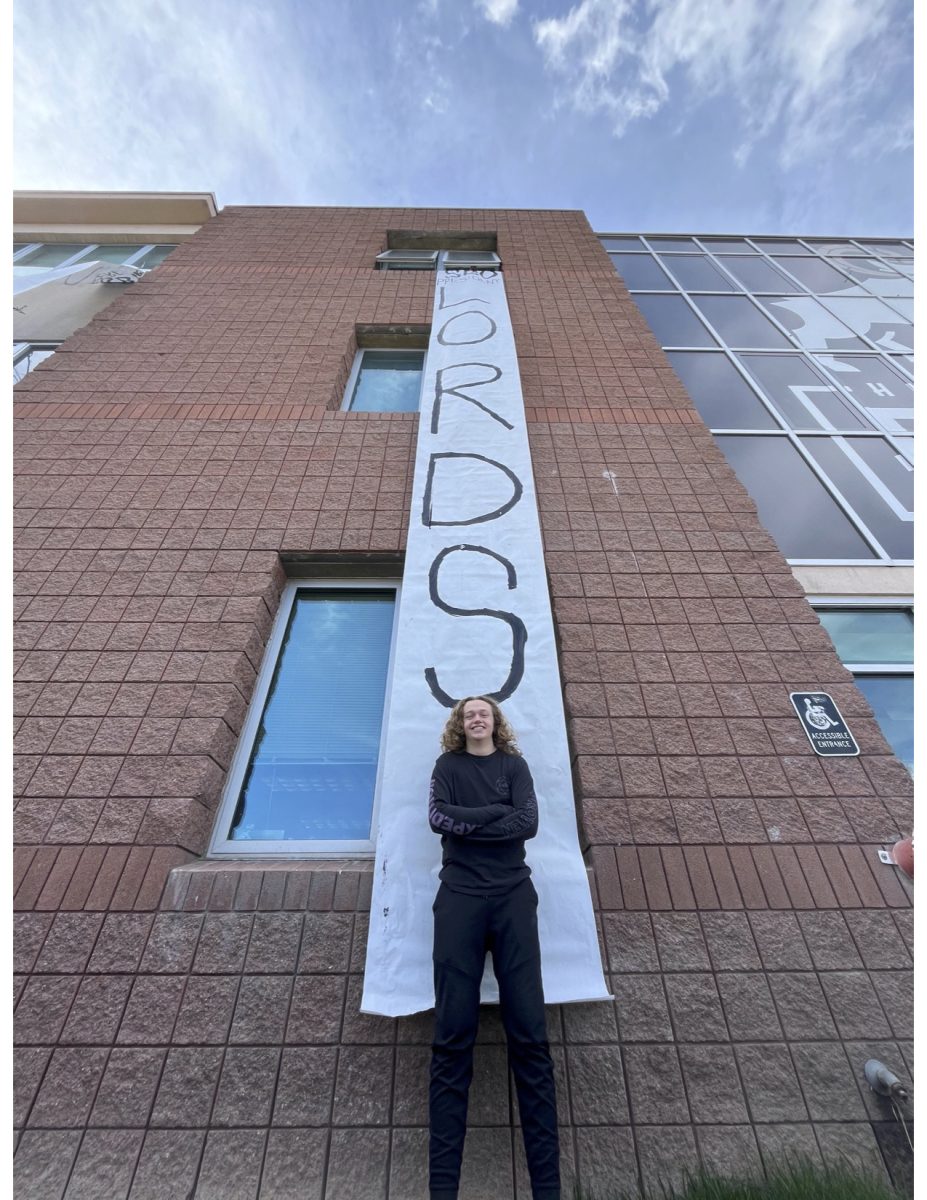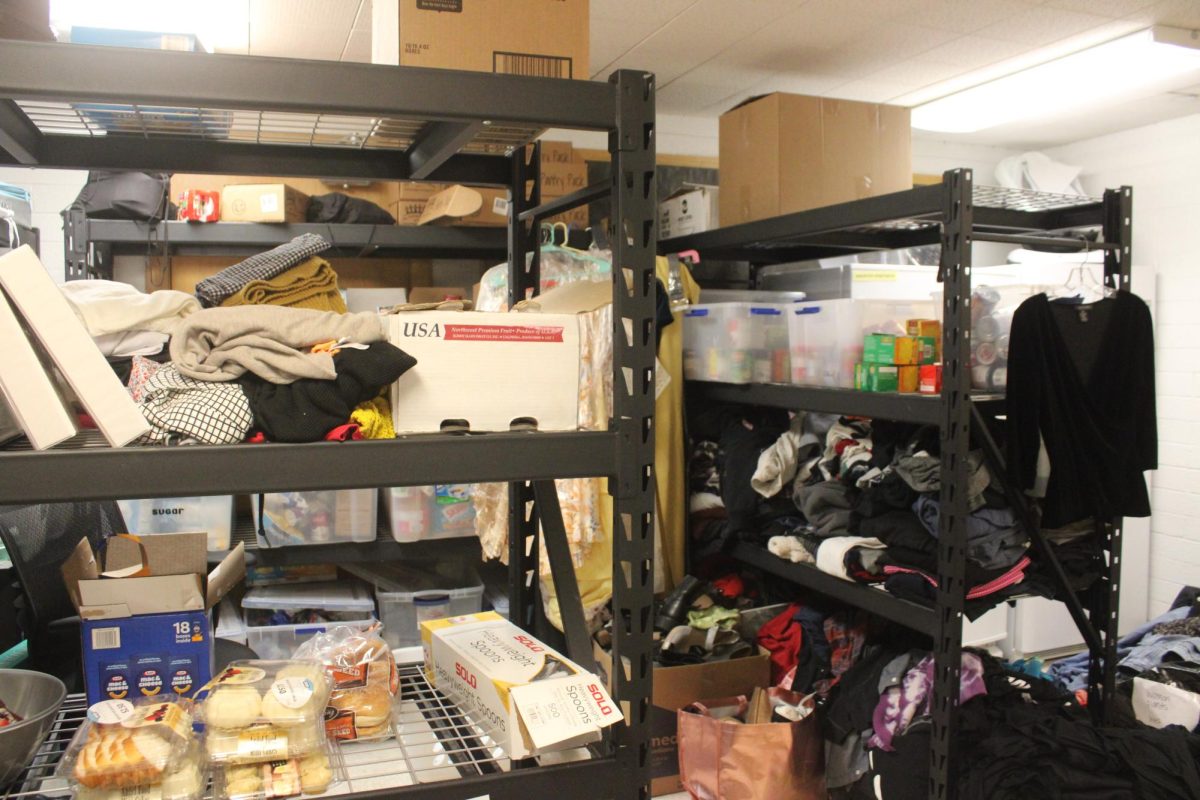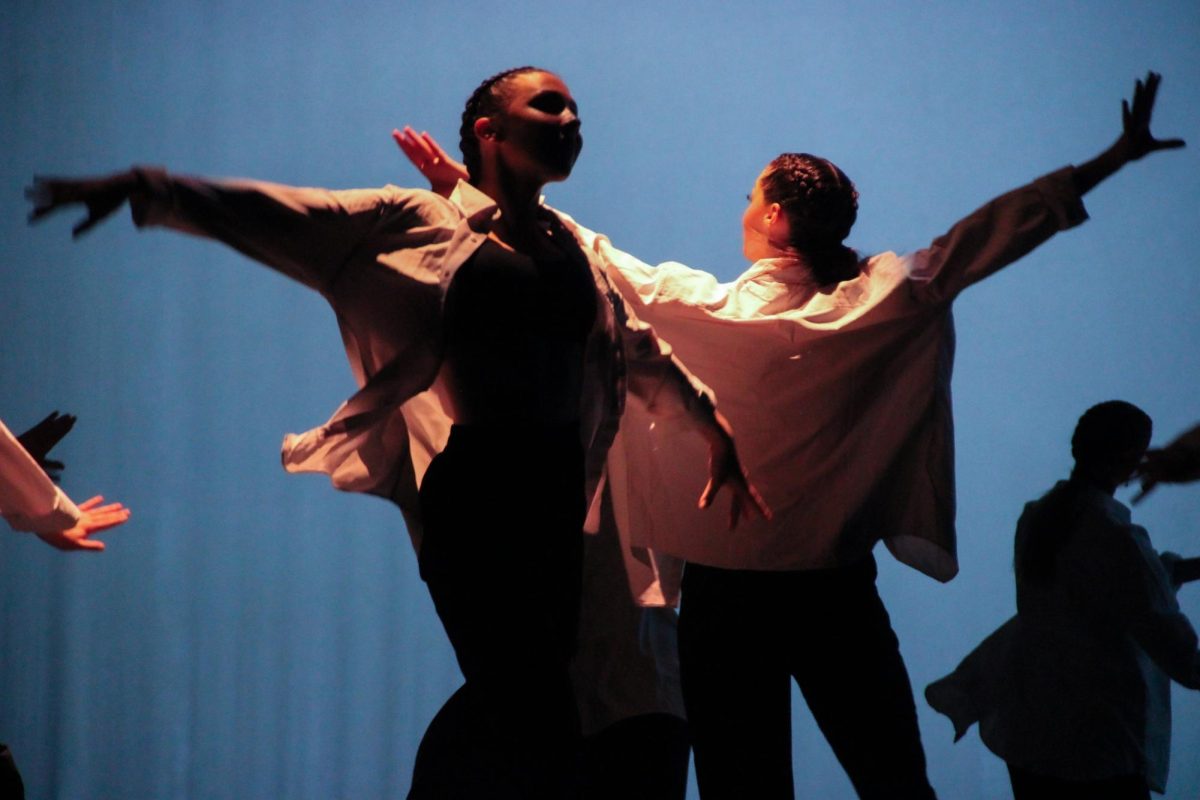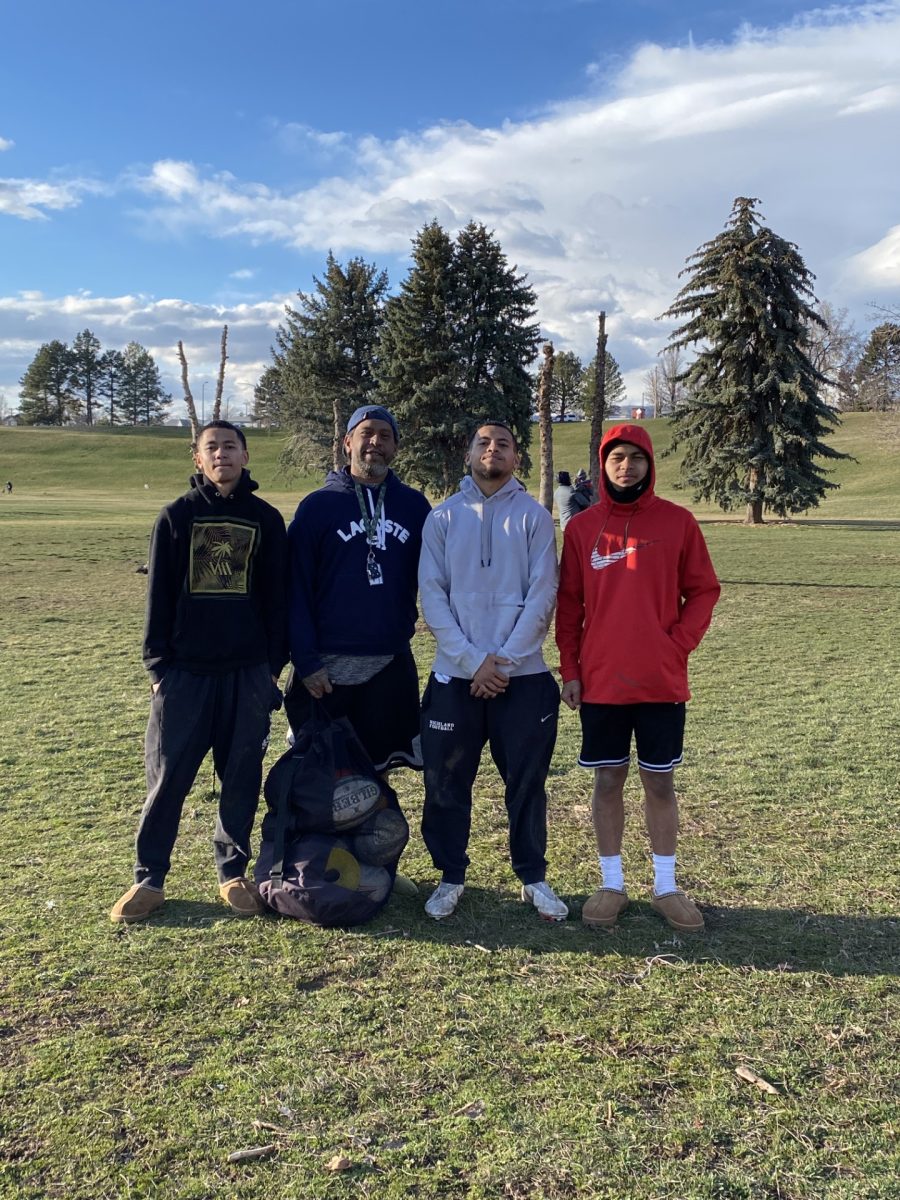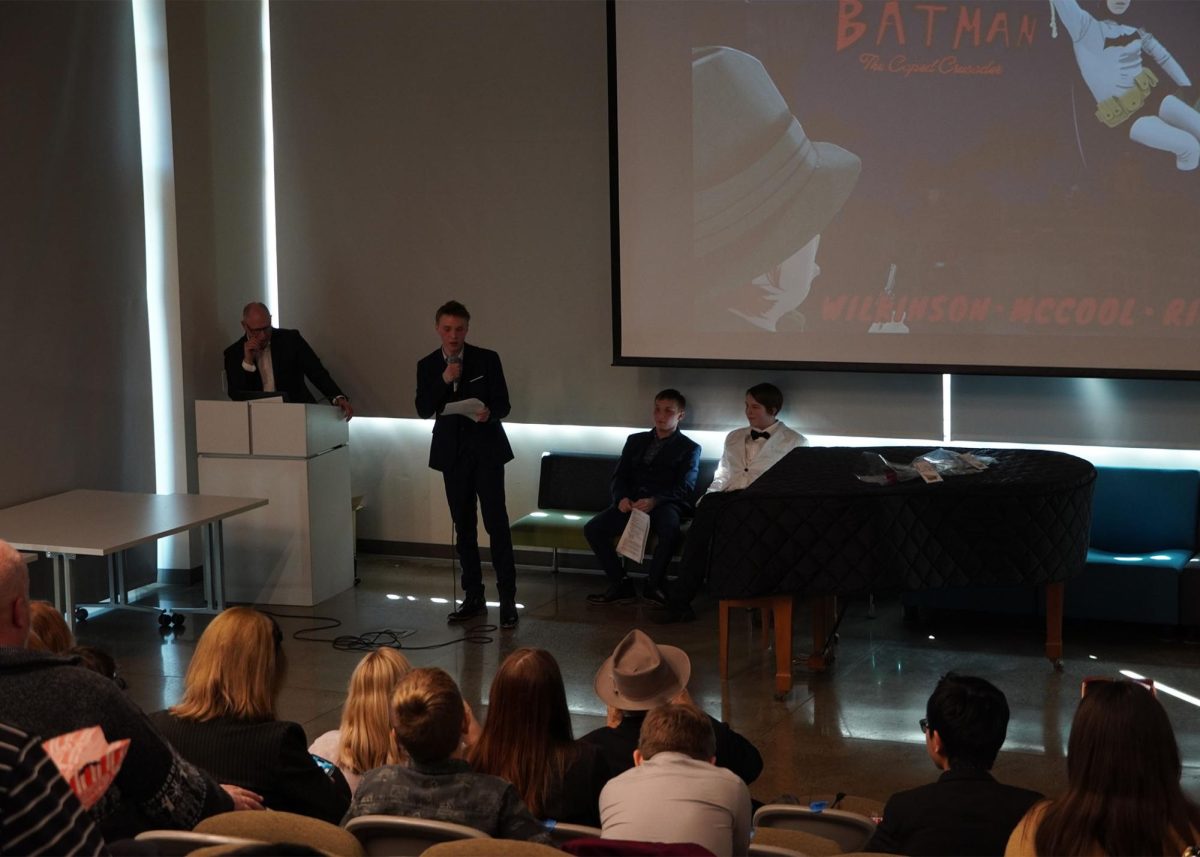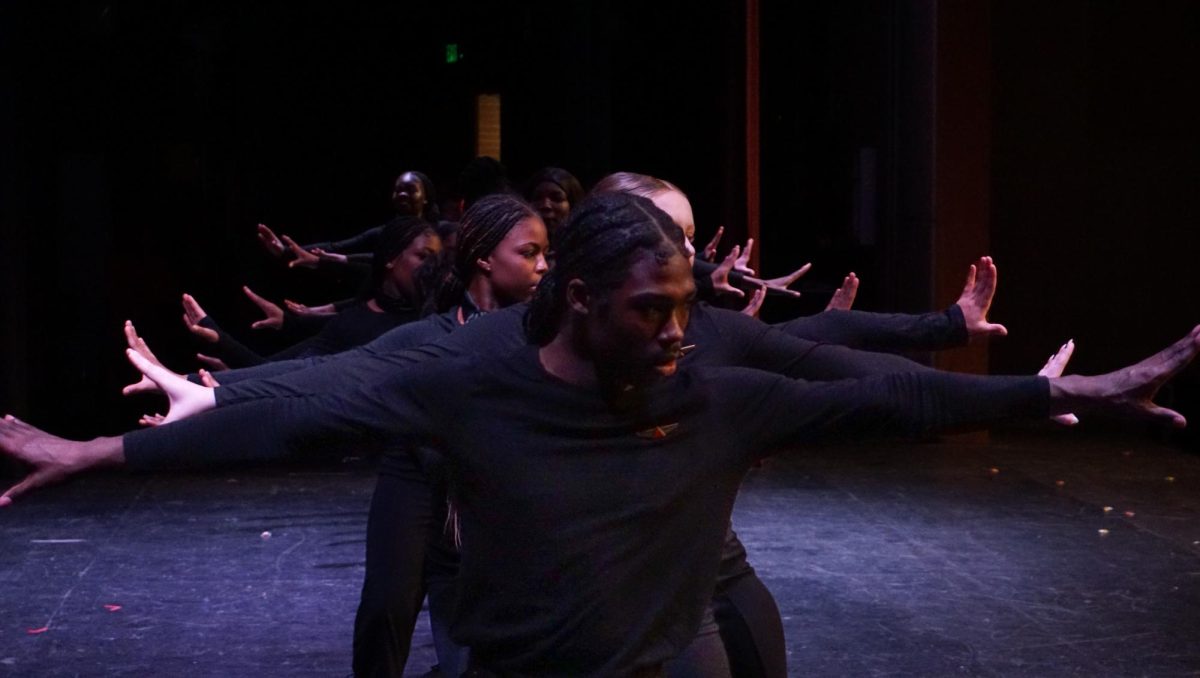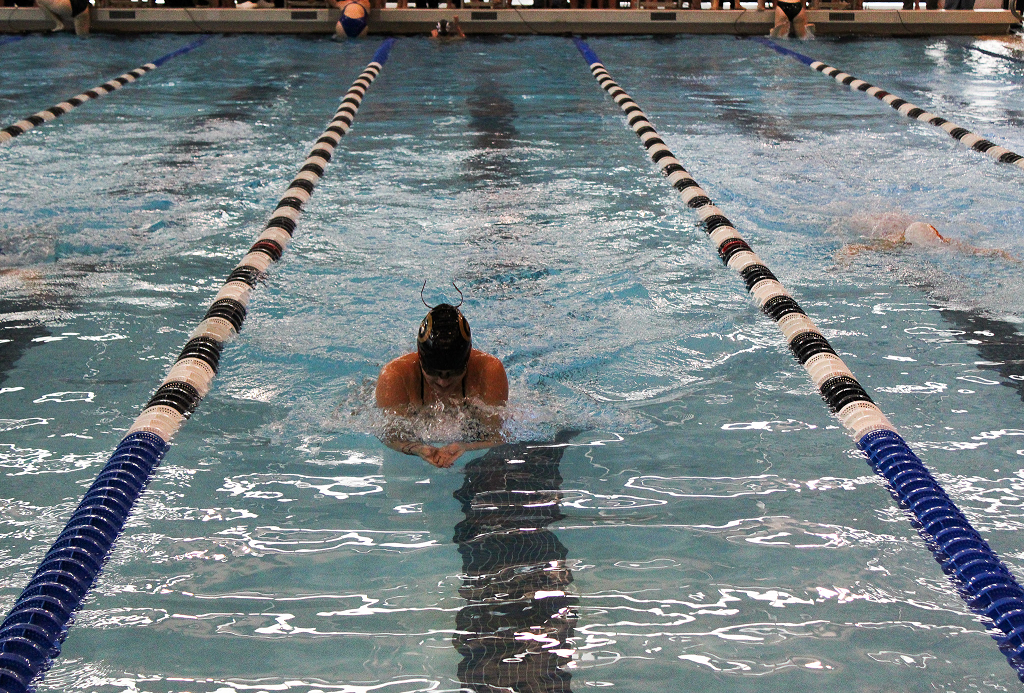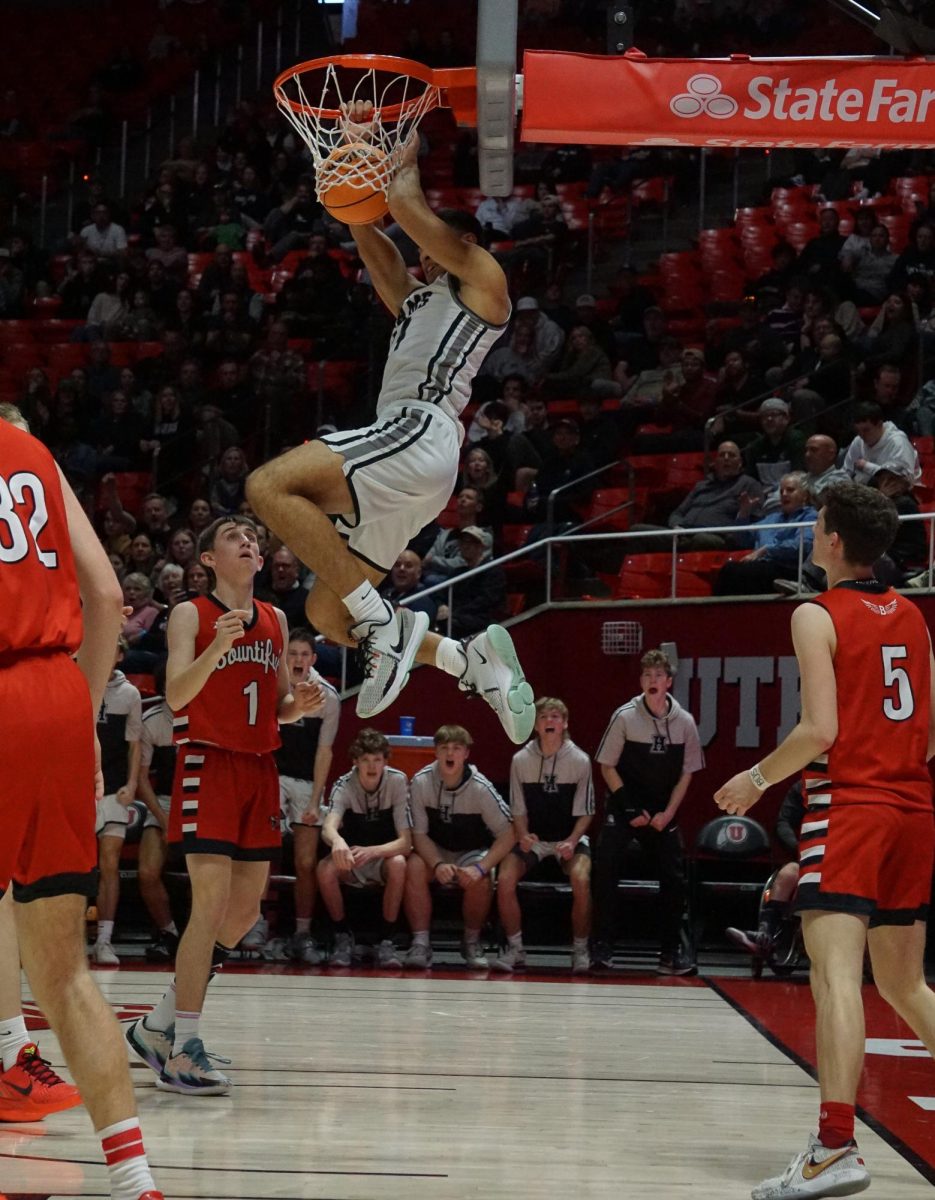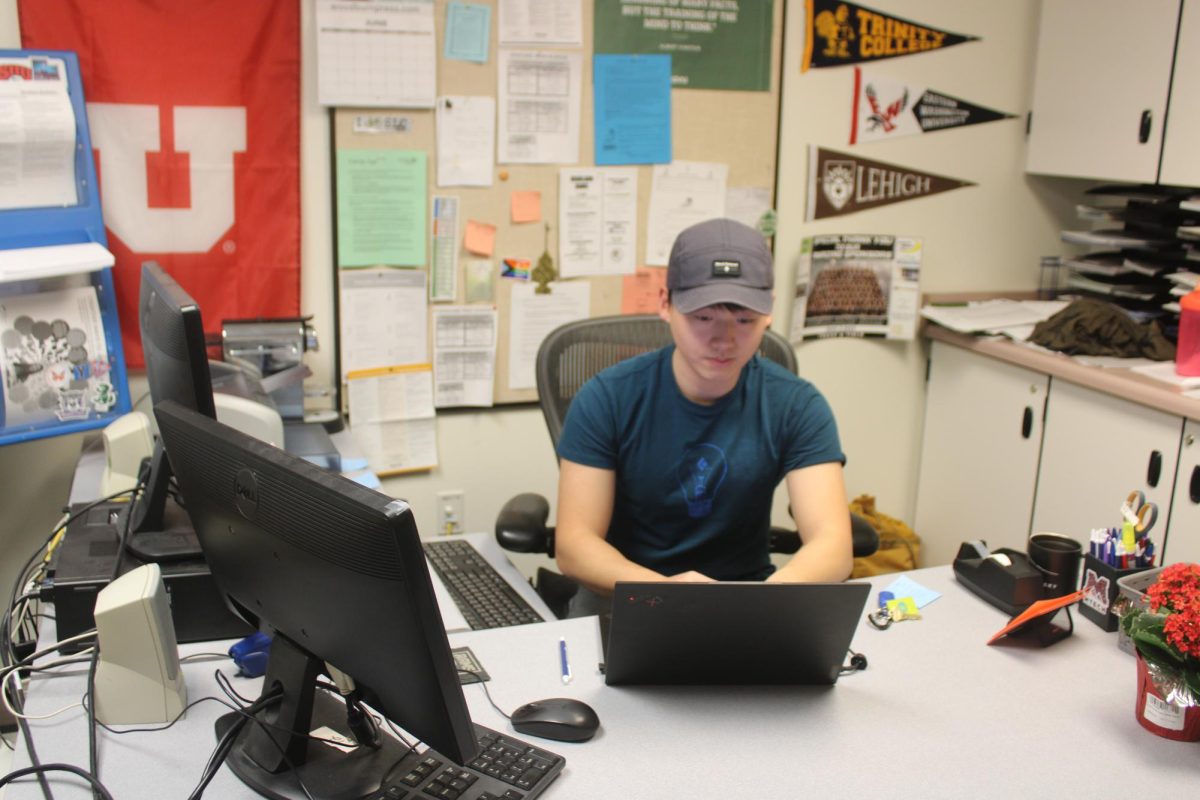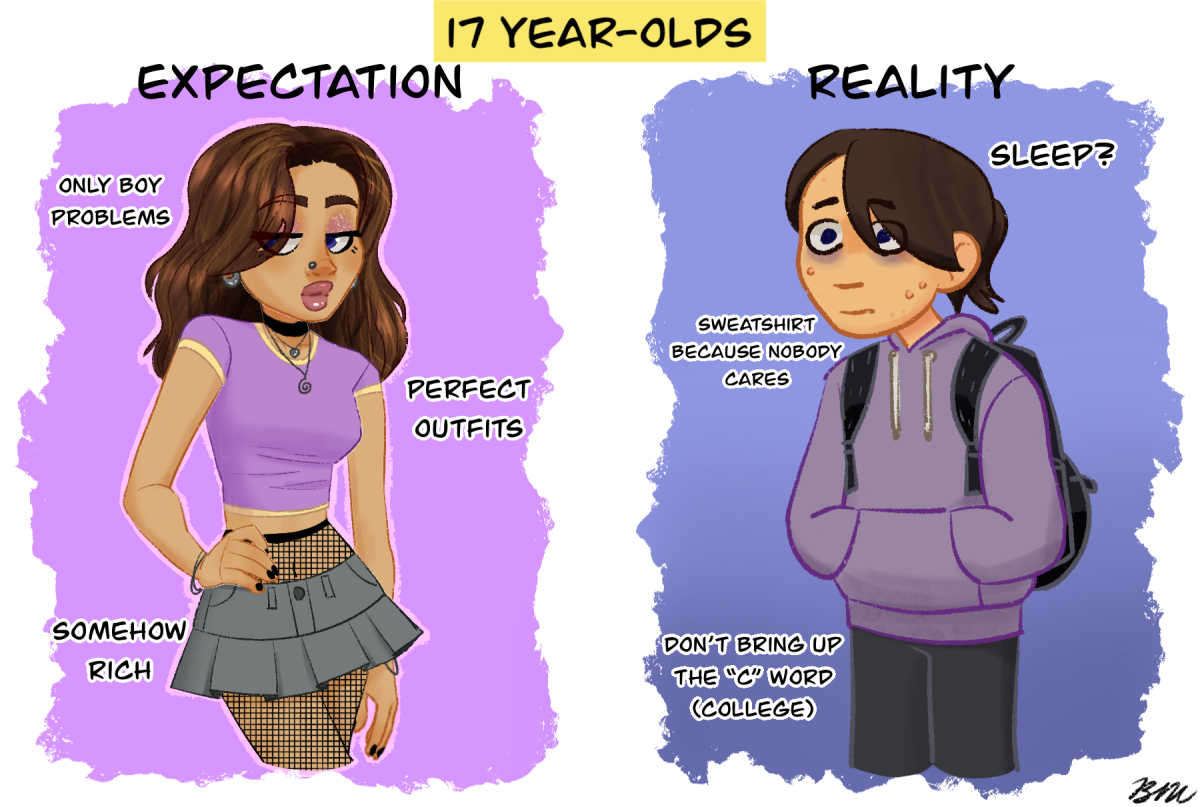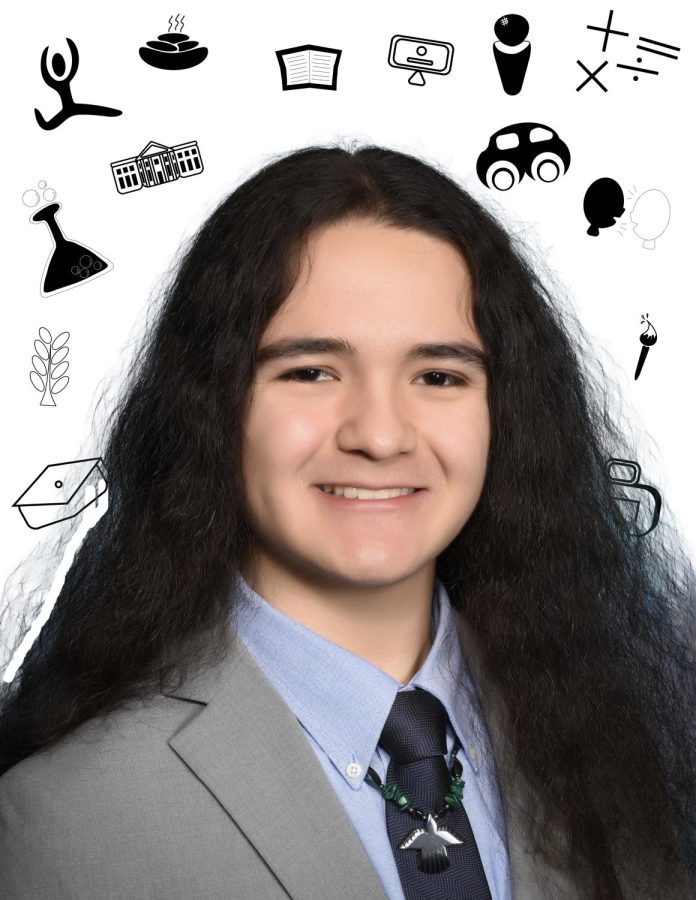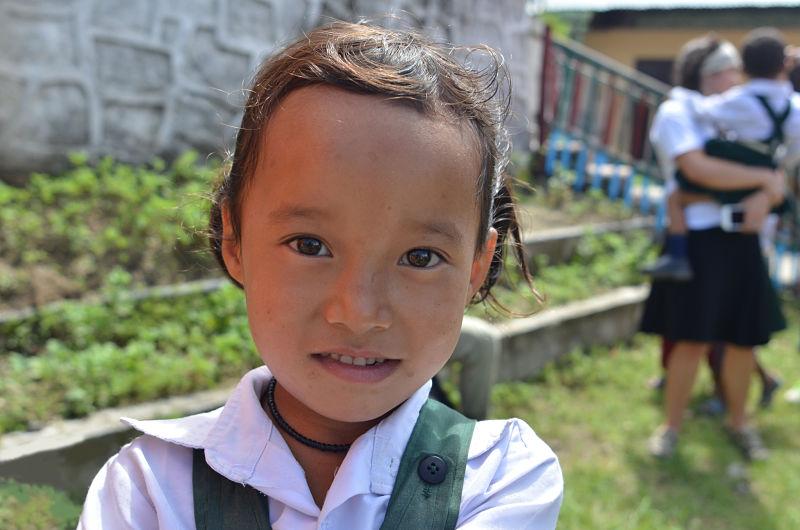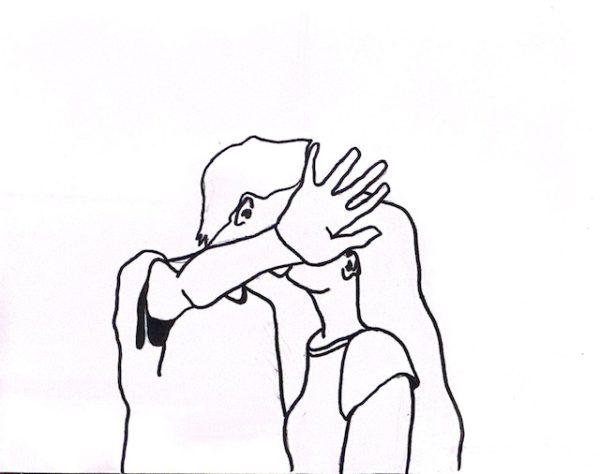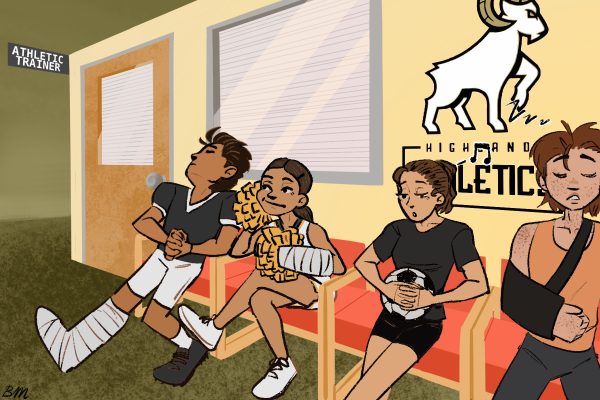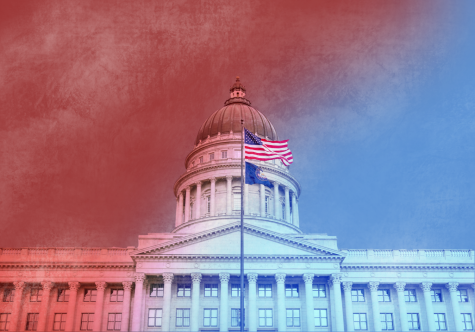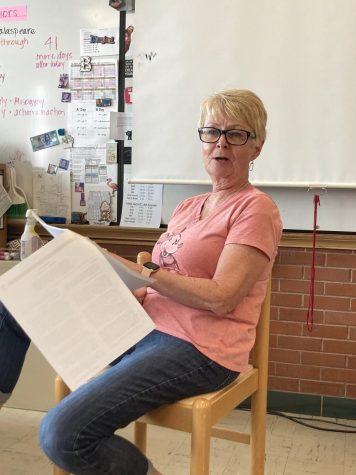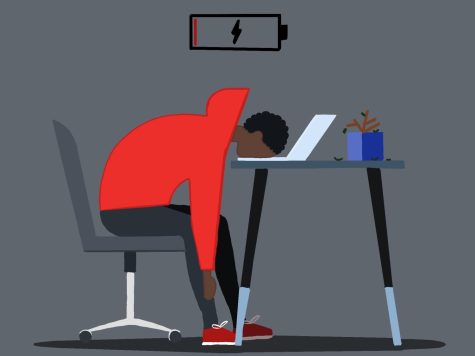Namaste Nepal
My Experience With Youthlinc
A young Nepalese girl
September 22, 2015
Nepal, Peru, Thailand, Kenya, Guatemala, or Cambodia? Exactly a year ago I was trying to make this impossible decision.
For those who have never heard of it, Youthlinc is a Utah-based non-profit organization that sends Utahn teens on two-week humanitarian trips to developing countries around the world. I found out about the program my freshman year during a presentation given by Highland students who had gone on trips the previous summer. The pictures of beautiful children and the amazing experiences of my peers had me hooked immediately, and I could not wait until sophomore year, when I would be old enough to apply.
When I finally started filling out my application, I had no idea how daunting the task of choosing a country would be. Mostly because it sounded new and exciting, I decided to put Nepal as my top choice. Even though I know that every trip was amazing in it’s own way, I like to pretend that that essentially random choice was the best one that I could have made.
About a month later, I received an email of acceptance and things took off from there.
My favorite part about the program, and the component of Youthlinc in which teens are truly able to make the biggest difference, is the 80 hours of local service requirement. I did my service hours at the Hser Ner Moo refugee community center through a program called Real Life. Real Life is dedicated to bringing peer mentorship and education in health and financial literacy to the under-privileged youth of Utah. Every week I looked forward to my time at Hser Ner Moo, and I will never forget all of the amazing people I met while I was there. It was so amazing and heart-breaking to hear stories from people my age who had moved across land and cultures to start a new life. Many had faced things that, at sixteen years old, I could never fathom. Despite this, they were all happy and hilarious and incredibly dedicated to their education.
Aside from volunteering, I spent the rest of the year leading up to the trip at team and committee meetings. To be completely honest, I had a lot of nerves leading up to the first day of the trip because I didn’t really know anyone that I was going with. Obviously, I interacted with the rest of my teammates at the monthly team meetings, but those weren’t exactly the prime environment for friendship building.
In April the first earthquake struck, and there were questions raised about whether or not we would be able to go. Ultimately, even after the second earthquake and multiple aftershocks, Youthlinc decided that it was worth it for us to fly out because we would have to opportunity to truly make a difference.
Finally, June 20th arrived and off we went for two solid days of travel. Being on a plane for longer than 8 hours (we spent 26 hours in the air) is nothing short of zombification. The meals are nasty, day and night start overlapping, and you have access to unlimited movies. It is a strange combination of things, to say the least.
When we began our descent into Kathmandu, all of my expectations for what a city devastated by earthquakes would look like were changed. I didn’t see flattened buildings everywhere, but rather a beautiful, colorful, lively city that was like nothing I had ever seen before. There were people everywhere, monkeys climbing up the haphazard telephone lines, different aromas ranging from deep incense to urine lingering around every corner, prayer flags and shops lining every street, and the traffic–oh, the traffic–was an organic, living thing without order or rules.
It was a lot to take in that first day.
As a result of the earthquake, many people were living in tents, but not for the reason that many assumed. People were simply afraid to be in their houses in the event of another earthquake. The majority of the buildings were in perfect shape, though much rubble and some cracks were visible in certain areas.
The thing that truly captured the devastation of the earthquake, in my eyes, was the mass cremation of the dead along the riverbank by the Pashupatinath temple. In Nepal, it is a Hindu practice to cremate bodies along the riverbank to honor them. Following the earthquake, people had to wait for days to send off their loved ones into the river air as body after body was piled up on the flaming pyres. While I was there, the lines were not long, but the acrid smell of death lingered in the grey smoke around the river.
Despite the desolation caused by the earthquake, nearly every Nepalese person that I got to talk to had a positive outlook on things. It was amazing to see vitality of humankind up close, especially in the children at the school that we worked at.
An average day went like this: wake up at 4:30 AM to the sound of gongs, ravens, and people singing; eat breakfast and head to Sukhatan (the village in which we were working); play with the kids at the school; either teach a lesson (anything from art to english to sewing to health) or work on construction; haul rocks up a mountainside for several hours; eat a delicious lunch of rice and curry; work some more; head back to the hotel; walk around the Stupa (a buddhist temple) and learn to barter with shopkeepers; eat at the garden cafe and experience the most incredible food that has ever been cooked; head back to the hotel and hang out with the team.
I never wanted it to end.
The thing that stood out to me most about the trip was not the service aspect, but rather the amazing relationships that I was able to build with both my team and the people of Nepal. It was two weeks of heaven where we were able to completely forget about our lives in Utah, eat incredible food (I honestly don’t know if I can stress how ridiculously good it was. I could eat Naan and curry forever), and learn more about the world and the people in it than we ever had before.
Late nights were spent talking with our translators (several women who were just a few years older than us) and getting some sense for what it was like to grow up in such a unique place.Days were spent playing with the schoolchildren, learning their games and teaching them ours. As a team, we bonded over strange toilets, cold showers, frizzy hair, long flights, heavy rain, paint fights, and the beauty of Kathmandu. We built connections that are unlike any that I have ever had before, and I am so grateful that I had the chance to experience the open environment that Nepal inspired us to create.
I would recommend a Youthlinc trip to anyone, though I will admit that the fundraising is ridiculously stressful. I don’t think that anyone should go into a two week trip like this with the mindset that they are going to make any huge difference because that would be impossible. Instead, I think people should see it as an opportunity to meet people both from another country and from home that you would never meet otherwise. You get to experience a culture completely different from your own and see an much older, much richer side of the world.
Applications for next year’s Youthlinc Service Year close October 7th. If you have any interest at all, you should definitely go for it. No matter where you go, it will be the grandest kind of adventure.
